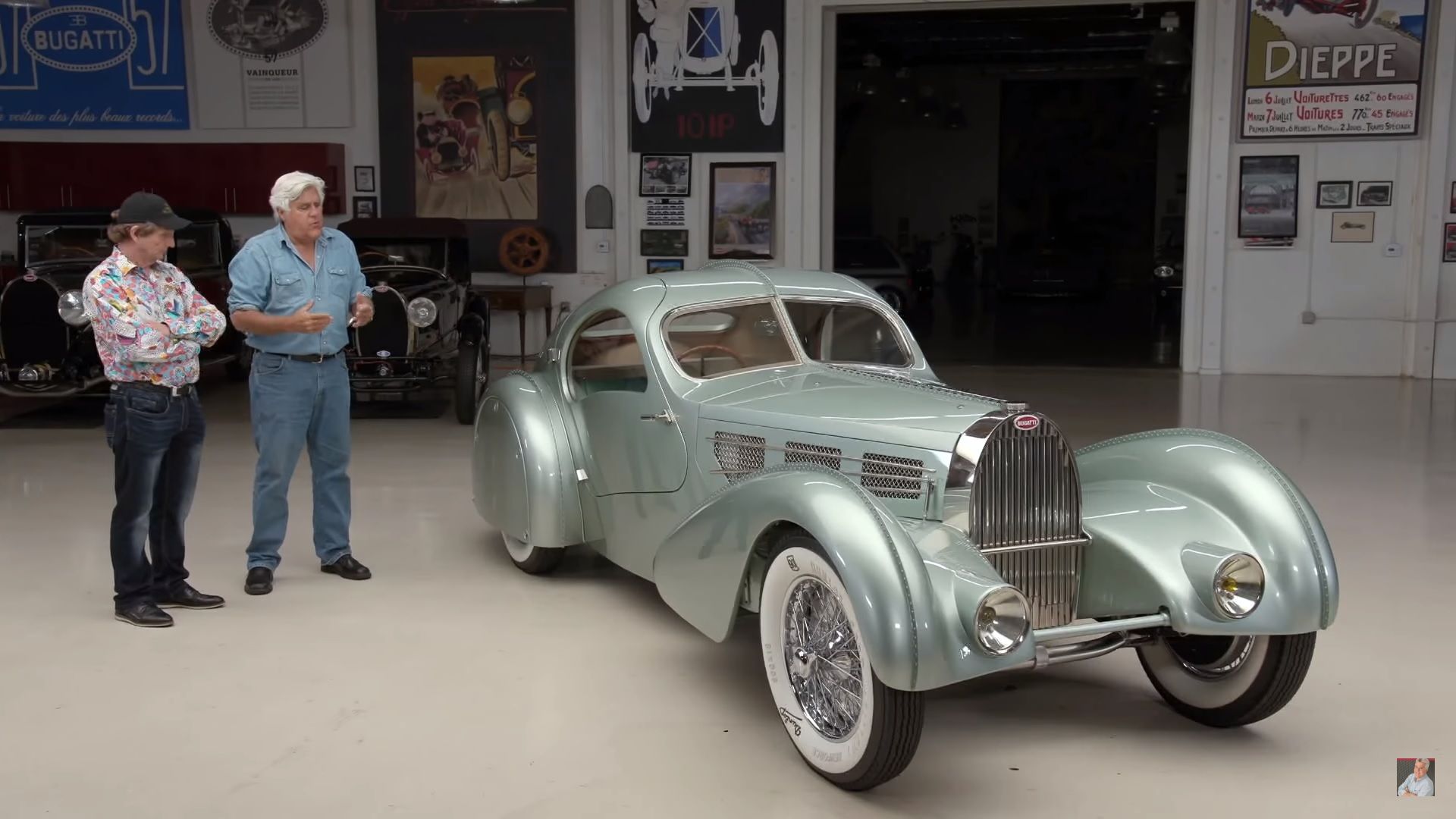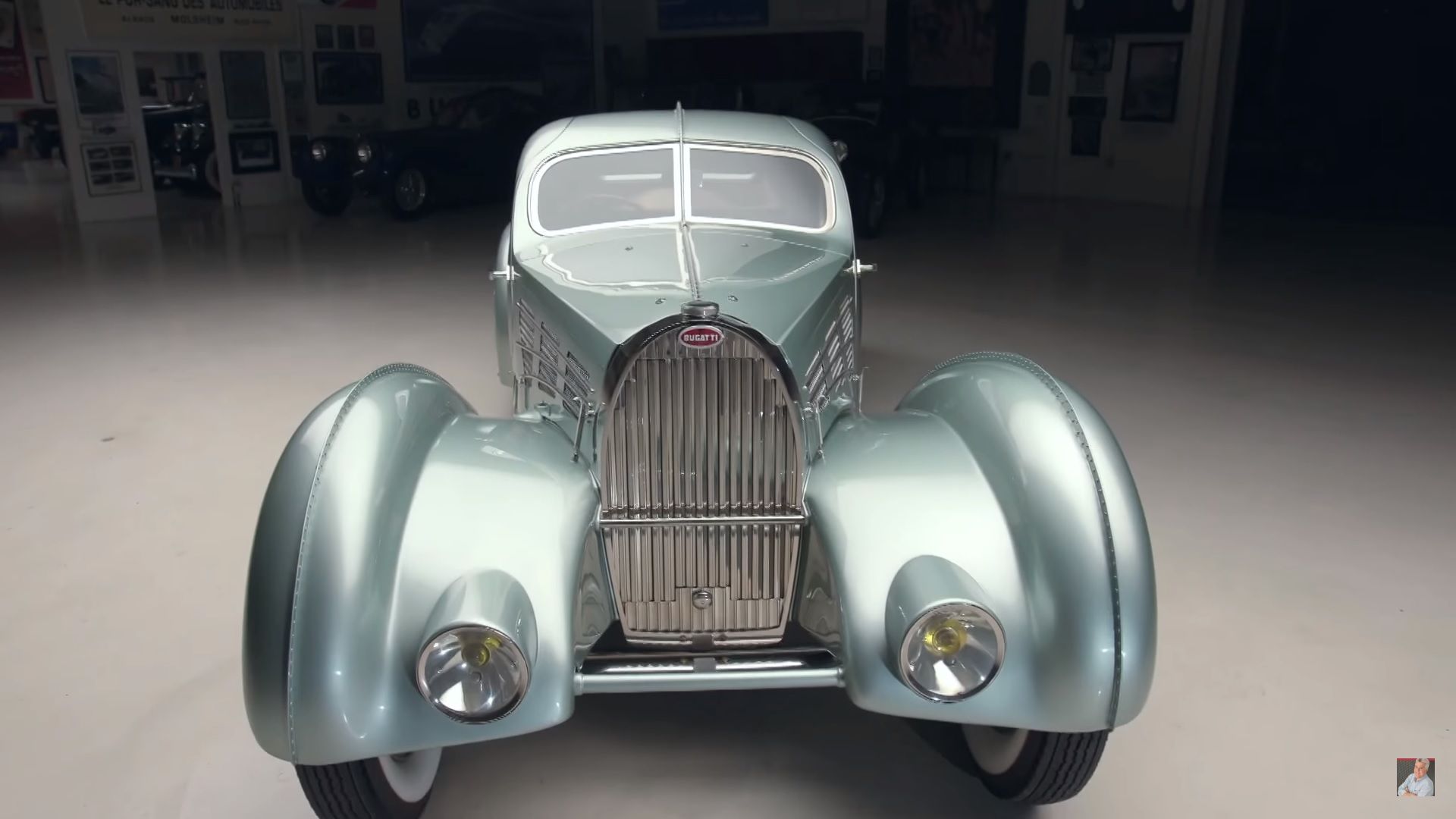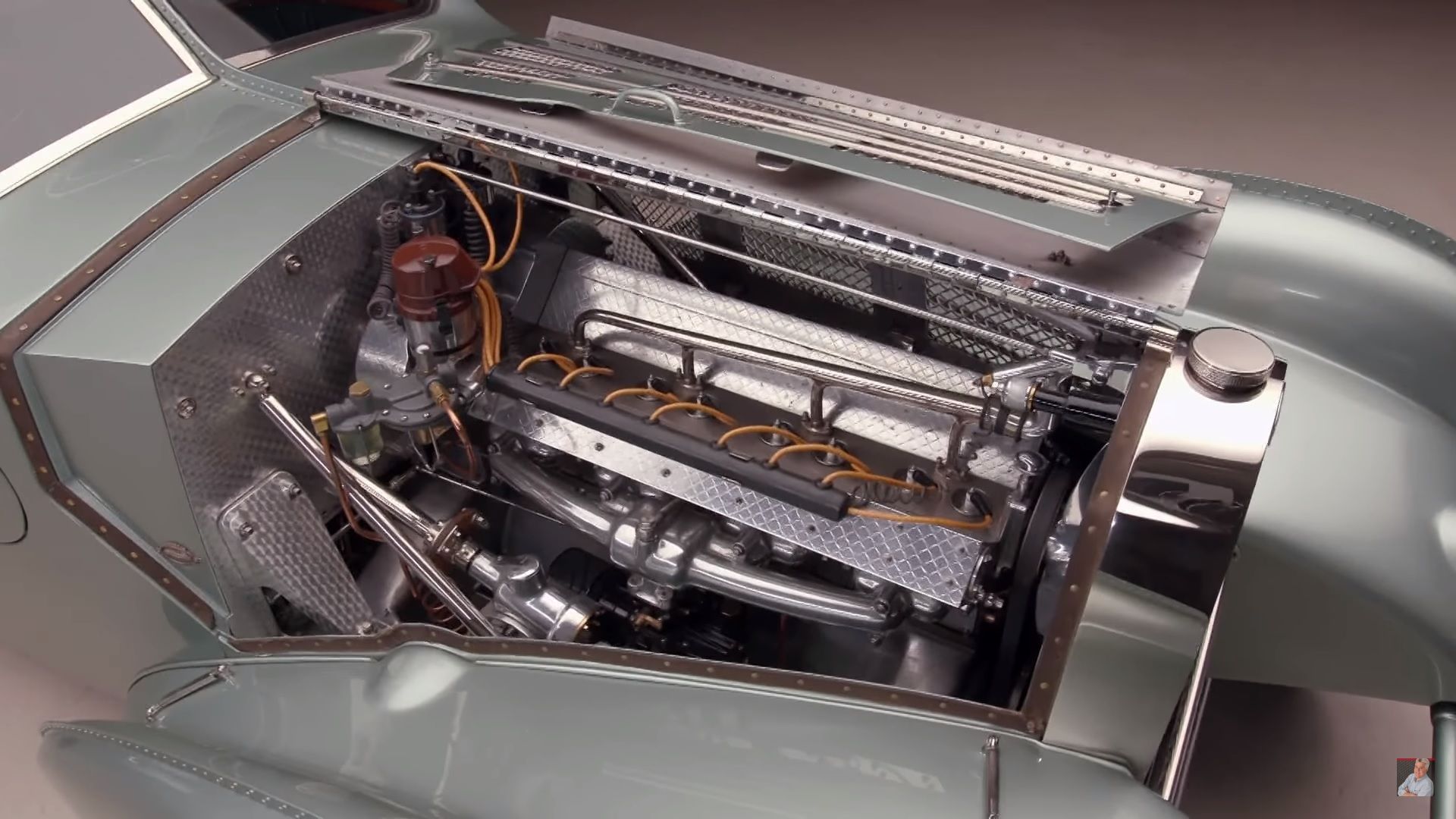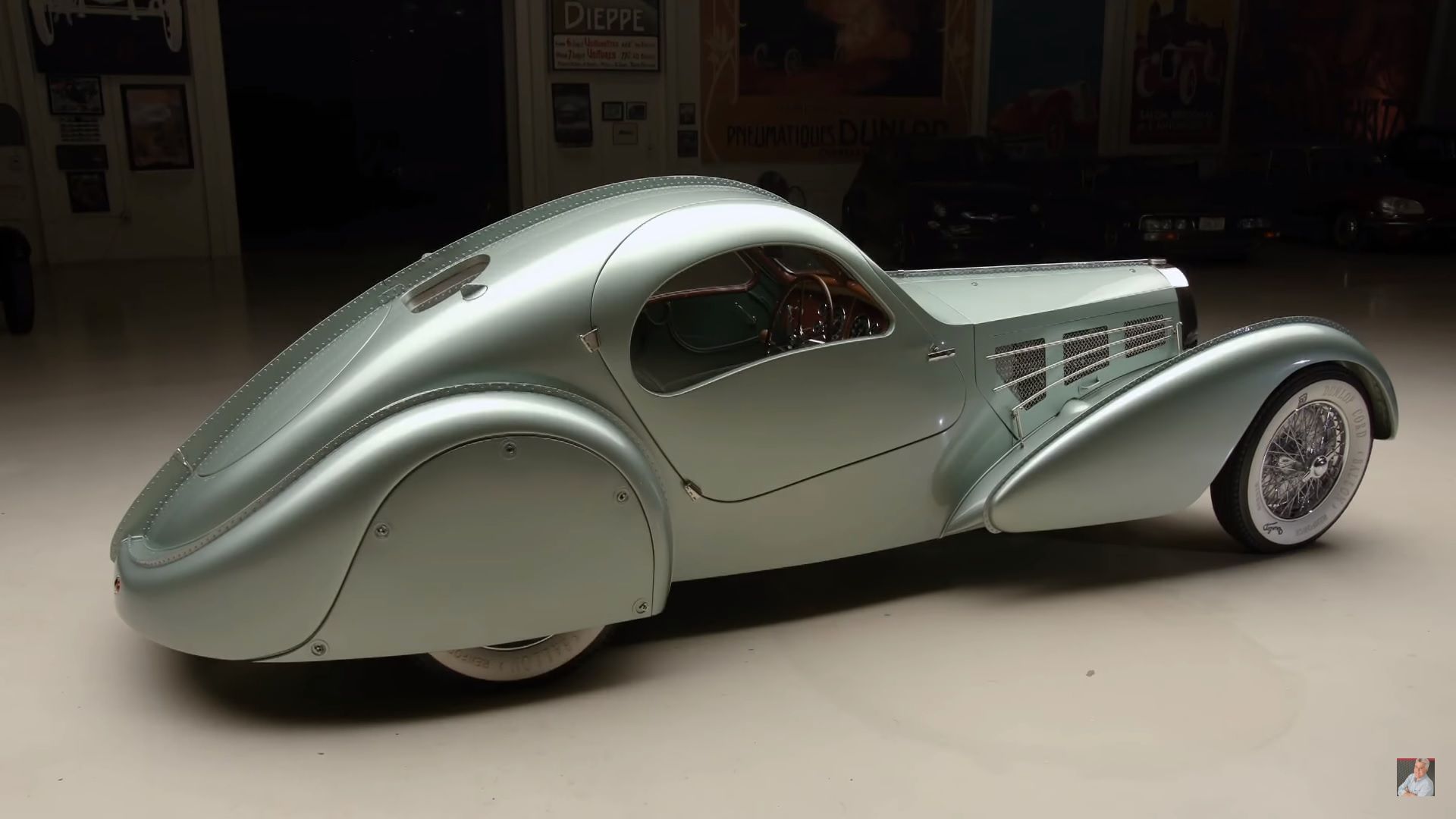Bugatti built the Aérolithe in 1934 as a one-off concept whose aim was to show the way forward not only for the French automaker, but for the automobile in general. And it succeeded, as it inspired the Type 57 grand tourer, of which Bugatti built a total of 710 examples between 1936 and 1940 and these are now some of the most expensive and highly coveted interwar classics in existence. There was only one problem with this picture: the Aérolithe design study disappeared under mysterious circumstances just as the clouds of war were gathering over Europe.
That car was never recovered and to this day, what happened to it remains unknown. However, that didn’t keep Canada’s Guild of Automotive Restorers from recreating one, almost from scratch, commissioned by a wealthy collector who not only wanted them to recreate the car, but he wanted them to recreate it using the same materials and techniques that would have been used back in the day.
The material was chosen because it was extremely light - the equivalent of carbon fiber for the 1930s - but it order for it to become malleable, it needed to be heated to a specific temperature and if it’s exceeded, the material will combust. This made the process very difficult for the modern day restorers, but it must have been downright draconian for Bugatti’s body builders back in the day.
Several thousand man hours went into recreating the Aérolithe which was built on the underpinnings of the oldest known Bugatti Type 57 chassis; it’s not even known if that specific chassis ever had a body on it, so it is definitely a fitting choice for this recreation. And the result speaks for itself, especially since there were no holds barred when it came to the level of detail they were aiming to achieve. They not only recreated the exact pattern of the rivets that hold the parts of the body together, but they went even deeper and even had the tires custom made to match what the original car rode on - that’s crazy, but not in a pejorative way by any means.
Bugatti Type 57 specifications
|
Engine |
3.3-liter |
|---|---|
|
Power |
135 hp |
|
Wheelbase |
3,302 mm (130 in) |
|
Track |
1,349 mm (53 in) |
|
Weight |
950 kg (2,090 lb) |
|
Top speed |
153 km/h (95 mph) |
Now it is as close to a rolling automotive sculpture as you can get - it epitomizes industrial Art Deco design, so popular in the era, and it not only looks good, but its chassis, running gear and power plant are all as close to the original’s as possible. Stunning is the only word that comes to mind when taking just one glance at this car.
An amusing side note is that this car was lost too - for several months - when it was shipped to an auto show in Dubai. When the car was scheduled to be returned, the container it was in apparently vanished without a trace, before being rediscovered. If this tale doesn’t validate this stunning recreation effort - since the original was also lost - then I don’t know what will.
Further reading
Read our full review on the 1933 - 1938 Bugatti 57sc Atlantic Coupe.




